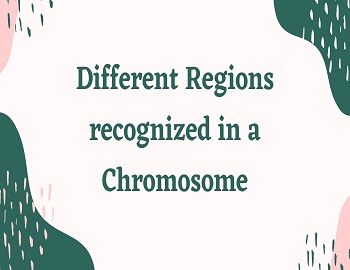Table of Contents
Phylum Mollusca:
Molluscs are soft-bodied, non-metameric, triploblastic, eucoelomates and fundamentally bilaterally symmetrical with a thin fleshy envelope, the mantle, around the viscera which may secrete a calcareous shell.
The term ‘Mollusca’ was first applied by Aristotle to cuttlefish.
Mollusca is the second largest phylum of kingdom Animalia. Molluscs appeared quite early about 500 million years back.
Characteristics of Phylum Mollusca:
- Mollusca are mostly aquatic and marine. A few species are found in fresh water and terrestrial habitats where humidity is high.
- Body is soft, unsegmented, triploblastic, without jointed appendages.
- These have organ-system organisation and are generally bilaterally symmetrical except for snails which are asymmetrical as their shell is spirally-coiled.
- The body is divisible into head (absent in pelecypoda and scaphopoda), muscular foot, visceral mass and mantle.
- The head carries distinct bearing eyes, tentacles and mouth etc.
- The foot is ventral which is used for burrowing, creeping and swimming.
- The mantle is a thick, muscular fold of the body wall. It extends over the viscera. The space between the mantle and viscera is the mantle cavity.
- Externally mantle secretes a hard, brittle, calcareous shell. It protects the soft body.
- Body wall is composed of ciliated epidermis and unstriated muscles present in bundles.
- The body cavity is hemocoel.
- The digestive tract is complete. Buccal mass of gut is generally with a rasping and feeding organ, radula. Digestive gland is hepatopancreas.
- Respiration or gaseous exchange occurs with the help of gills or ctenidia found in the mantle cavity. A pulmonary sac, mantle and even epidermis may also function in gaseous exchange.
- Circulation is open type and consists of a dorsal heart, an anterior aorta and other blood vessels.
- Excretion takes place with the help of sac-like kidneys. Other excretory organs in some molluscs are the organ of Bojanus, Keber’s organ and nephridia.
- Molluscs have a peculiar sense organ, osphradium, to test the chemical nature of ingoing water current. Some have statocysts for balancing.
- Nervous system comprises of paired cerebral, plural, pedal and visceral ganglia with corresponding connectives.
- Sexes are usually separate but may be united. Gonads are usually unpaired. Fertilization can be internal or external. Mostly oviparous, a few viviparous. The development may be direct or with veliger larva.
Examples- Pila (Apple Snail), Unio (Freshwater Mussle), Sepia (Cuttle Fish), Loligo (Squid), Chaetopleura (Chiton), Dentalium (Tusk or Tooth Shell), Aplysia (Sea Hare), Patella (Limpet), Octopus (Devil fish), Neopilina etc.
Advancement Over Annelids:
- Presence of cephalisation or distinct head.
- Well developed gills or ctenidia for respiration.
- Better sense organs including osphradium, statocyst and eyes.
- Presence of foot as a locomotor and burrowing organ.
- Kidneys well developed as excretory organs.









Comments (No)